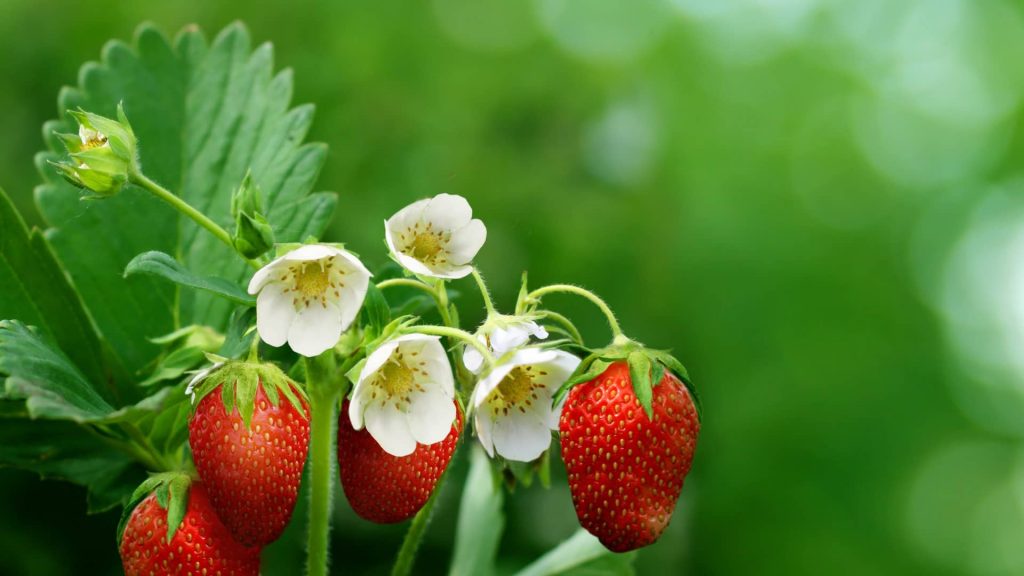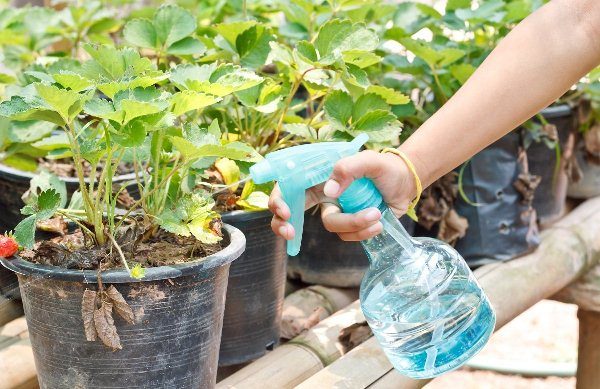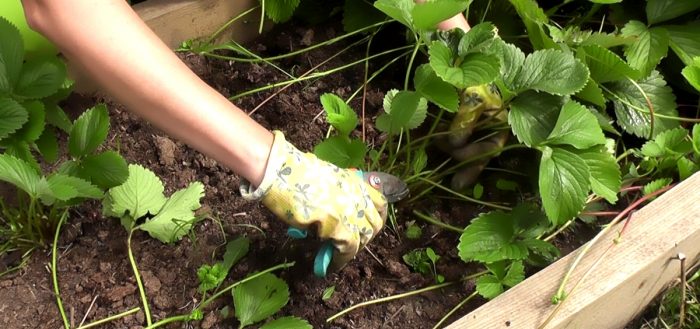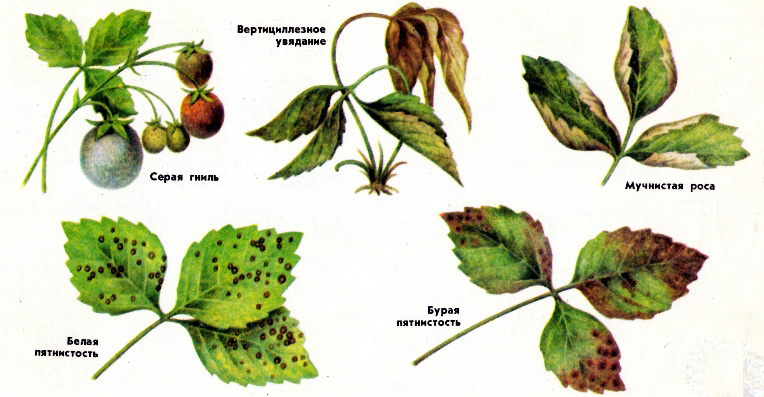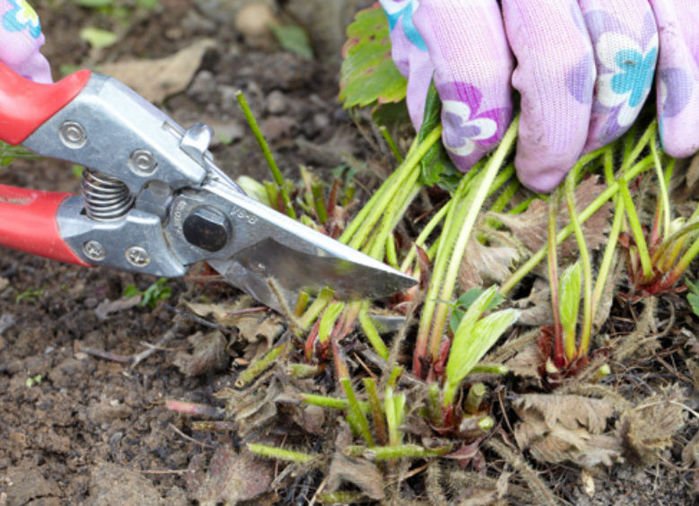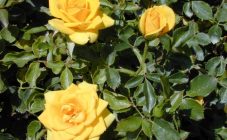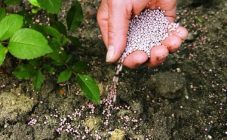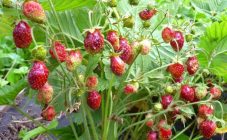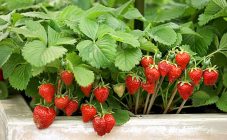Content:
Strawberries are a demanding berry. To get the best harvest, you need high-quality and timely care, rich soil and good lighting. One of the most important stages of strawberry care is feeding during the formation of the ovaries. How to feed strawberries during flowering for a good harvest and how to do it right - below.
Means for feeding strawberries during flowering
Feeding strawberries is a very serious matter. The quality of the crop subsequently depends on the correct and timely addition of fertilizers. The most important step in strawberry care is during flowering. Strawberries need feeding, pest protection, and excess mustache removal.
Already in the spring, in mid-May, when ovaries begin on strawberry shoots, it is important to prepare the soil for fertilization. To do this, it is carefully loosened - such soil absorbs nutrients from fertilizers better.
A novice gardener may have a question: how to feed and spray strawberries when they bloom. Everything in order.
Root feeding of strawberries
During fruit setting, strawberries need a lot of potassium. To saturate the soil with it, gardeners often use an infusion of chicken manure or a mixture of mullein and ash. Potassium nitrate (1 teaspoon per 10 liters of water) will also be useful. 0.5 liters of solution is poured under each bush. The use of the solution is recommended precisely during the appearance of the buds.
When inflorescences appear, the strawberries are watered with a solution of chicken droppings or a mixture of mullein and ash (0.5 liters per 10 liters of water).
Ammophoska will be a good fertilizer, as it does not contain nitrates. It is rich in nitrogen, calcium, phosphorus and sulfur. The content of each element is about 15% of the total fertilizer. It can be used alone or added to the compost mix.
Foliar dressing
Foliar dressing - spraying the leaves of the plant with fertilizer. There are several types:
- Boric acid increases the number of inflorescences. For spraying, 1 g of boric acid must be diluted in 10 liters of water.
- Zinc sulfate. For the treatment of bushes, a 0.02% solution is used. This feeding saturates the strawberries with microelements and promotes the formation of ovaries, increasing the yield up to 30%.
Traditional methods
In addition to ready-made fertilizers, you can process them with the means that every home has:
- Yeast contains proteins, carbohydrates, fats, potassium, nitrogen and phosphorus. For feeding, 1 teaspoon of yeast is diluted in 1 liter of warm water and infused for 2 hours, after which the resulting solution is diluted with water in a ratio of 1: 5. This species can be fertilized three times per season: during budding, when green berries appear and after harvest.
- Onion hulls are rich in carotene (stimulates immunity, destroys fungus and rot), phytoncides and vitamin B, which help to improve plant growth. To obtain a solution of 1 tbsp. husks are poured into 3 liters of boiling water, infused for 2 days. Dilute with water (1: 2) before use. The finished solution can be watered and sprayed on the plant.
Care and watering
So that useful substances do not "go nowhere", it is important to cut off excess leaves and antennae in time, which do not carry a productive action, but take away a lot of useful elements. This is especially true of dried leaves, which wastefully take away moisture. To remove, you can use a pruner and carefully trim the excess.
It will also be correct to remove inflorescences that are too small, in the place of which larger flowers will then grow. Large flowers give sweet berries, which is important. Be sure to loosen the soil around the bush and remove weeds. This will help the strawberry grow better.
There are some rules to follow when watering strawberries. Strawberry bushes have a superficial root system and they are not able to take moisture from the depths of the soil. The main thing is not to overdo it by watering the berry. Excess moisture leads to decay, and lack of moisture leads to drying out.
If there is loose soil on the site, it is enough to use 10-12 liters of water for watering 1 sq. m, with a high clay content in the soil - 2 liters more. Blooming strawberries are watered in the morning with a little warm water. So it is better absorbed and does not overcool the plant. Watering is carried out 1 time in 10 days, if the weather is hot, then 2-3 times a week.
Processing strawberries during flowering
To increase productivity, you need to protect strawberries from pests, properly care for them both during flowering and after - during fruiting.
During the flowering period, it is better to avoid treating the plant from harmful insects so as not to frighten off pollinating insects. You can resort to drastic measures when you really need it.
The list of products that can be used during flowering is very limited. Suitable for processing bushes:
- Boric acid. To prepare the solution, you need to dilute a third of a teaspoon in 1 bucket of water. Spraying with this solution, you can protect strawberries from pests and make the bushes more hardy. It is also permissible to use a solution of potassium permanganate, but it is effective only against pests.
- Ovary is a special preparation for processing strawberries and garden strawberries during flowering. To spray plants, you need only 2 g per 1 liter of water. You should not make a lot of solution, since you can store it ready-made for no more than a day.
- Acrophyte is used to damage the nervous system of pests. Not only eliminates harmful insects, but also accelerates the growth and development of strawberries.
Pests and diseases
During flowering, plants can infect diseases that damage the inflorescences, suspending the formation of berries. The most common:
- A nematoda is a small, almost transparent worm that is almost invisible to the eye. It affects the leaves and stems of the plant. The bushes become dwarf and die after 2-3 years. It is possible to fight this disease only by destroying the infected plants. After getting rid of the nematode, you can plant strawberries in this place only after 3 years, otherwise there is a risk of losing the seedlings again.
- The weevil hibernates under the bush-breadwinner. It can be found during the flowering period of strawberries. The weevil affects the inflorescences, eating the flower from the inside, and then goes into the soil. To combat the parasite, strawberry bushes need to be processed three times per season: the first time before the buds appear, the second - during the budding period, and the last - during the fruiting period. Spraying can be carried out with Fitoverm or Iskra-bio solutions, which do not have chemical additives, so they will not harm the fruit.
Feeding strawberries after flowering
If the question arises about what can be used to feed strawberries after flowering, then the answer is simple - it is possible to use the same fertilizers as during flowering. The best remedies are organic compounds without chemical additives, such as compost or mullein. Receiving only natural fertilizers, the berry will grow large and very sweet. It is very important that the bushes receive small amounts of fertilizer throughout the summer.
Ripening period of strawberries after flowering
The timing of strawberry ripening depends not only on proper care and conditions. The main factor of cultivation is the territorial location. For example, in the southern regions, the crop can be harvested already in late May - early June, and in the middle lane - in the second half of July. Ripening occurs later in the northern regions.
On average, it takes 4-5 weeks from flowering to ripening. Weather conditions play a decisive role here, and, naturally, maturation occurs faster in warm, sunny weather.
According to the intensity of fruiting, strawberries are divided into two types:
- ordinary - bears fruit once a season;
- remontant - yields a harvest from May to September-October.
If it is important for a gardener that strawberries delight with their taste throughout the summer, it is better to choose the second option.
To obtain a rich harvest, you need to feed not only during the period of tying inflorescences, but also after - during fruiting. Observing the recommendations for the care of the crop, you can get a rich harvest of sweet berries the next year after planting the seedlings.
